

ARIZONA
August 2003

1 of 3


ARIZONA
August 2003


1 of 3
I always assumed that Arizona in August would be too hot for herping, but during my April visit I kept hearing
the same thing: “You should come back during Monsoon season. That’s when things are really crawling.” So I did,
and they were. My brother Ron was unable to make it, but I was glad to be joined by my friend, Danny, a biologist
from the Liberty Science Center and president of the New Jersey Herp Society.
On our first night we meet up with friends Marty and Emily for a hike at her desert study site (see ARIZONA
April 2003) along with Mike, a student who’s doing grad work there. We’re also joined by (another) Mike and Steve,
a pair of visiting herpetologists from Australia. Soon we split up and began searching for radio-tagged rattlers or
anything else that might cross our path. We don’t have long to wait. Emily quickly finds her first specimen, then
Marty finds another, and soon Danny is making his contribution, nearly stepping on a few that silently glide by or
sit in a wash without making a sound.
Come across a Desert Tortoise dining on a late night snack, its face smeared with garish lipstick from the messy
fruit of a prickly pear cactus.
Eventually Danny and I get separated from Emily and Marty, so we decide to head back towards the road and
wait for everyone by the cars. Thinking I know where we are, I lead us off in one direction, only to discover after two
hours of wandering that we’re walking in circles! Using the silhouette of falsely familiar hills, I can swear the road is
just around the next bend, but Danny’s GPS keeps pointing in the opposite direction, over a rocky slope I’m reluctant
to climb in the dark. Based on the skyline, the orientation just doesn’t make sense, and I insist that something must be
wrong (turns out to be me).
Try to reach Mike and his crew by walkie-talkie, but the steep surrounding peaks interfere with our signal and all
we can hear is static. At one point we climb to a higher elevation to see if we can spot the others, only to watch their
lights receding in the distance, moving farther away until they vanish altogether. Visions of being stranded at night
start to seem like a real possibility, comforted only by the companionship of creatures we continually find crawling
underfoot. It helps to have a distorted definition of creature comforts when you’re lost in the desert at 2:00 AM.
At last we get Mike on the radio and he gives us directions to find the cars (just where Danny and his GPS had
been pointing
―
lesson learned). We round a hill and head down towards the lights, where we are greeted by shouts
of, “Danny, Eitan, come quick: Gila!!” One of the specimens being studied at the field site had been tracked using
telemetry equipment, so we all have a chance to marvel at its beauty in the glow of our lanterns.
Marty is also showing a couple of beautiful snakes he’d found after Danny and I were separated from him. Just
our luck to miss seeing them in situ, but Marty brings them back for the whole group to admire. We finally call it a
night around 3:00 in the morning.
All text copyright © Eitan Grunwald. All photographs copyright © Eitan or Ron Grunwald
except photographs by others are copyright per photo credits. All rights reserved. Terms
Tiger Rattlesnake (orange phase)
Crotalus tigris
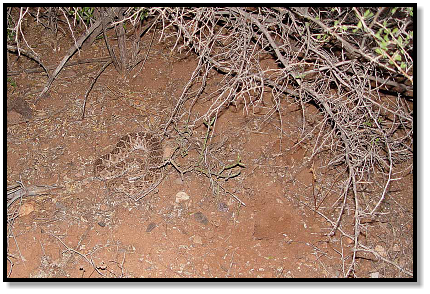
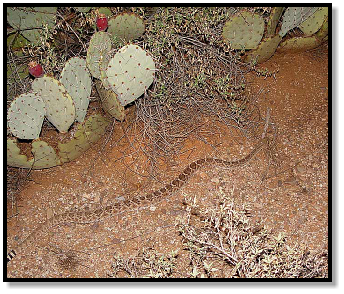
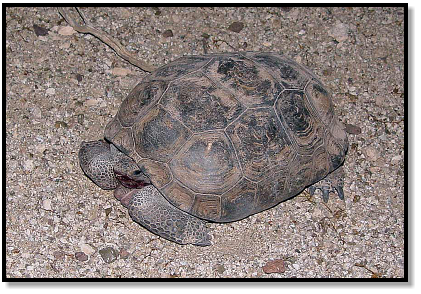
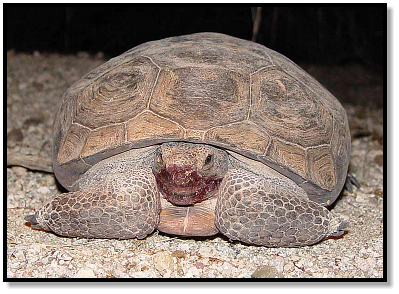
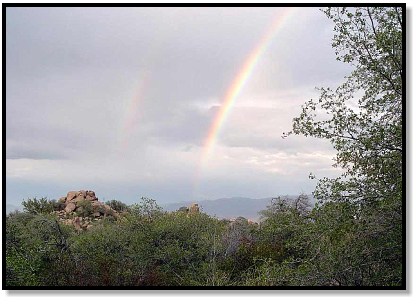
Desert Tortoise
Gopherus agassizii
Western Diamondback Rattlesnake
Crotalus atrox
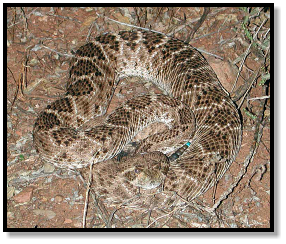
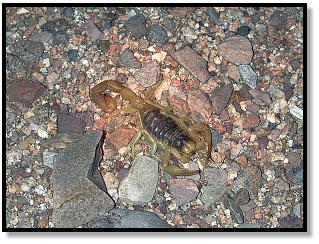
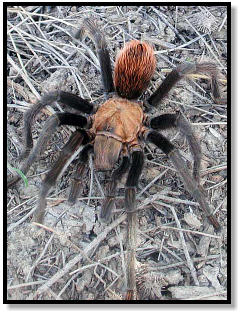

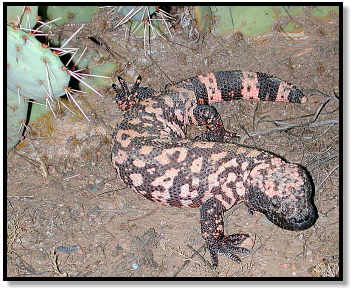
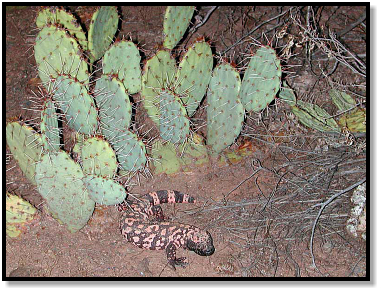

Reticulated Gila Monster
Heloderma suspectum suspectum
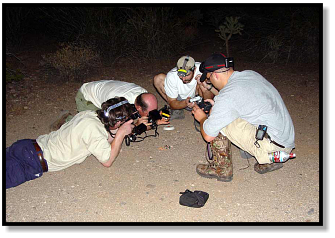
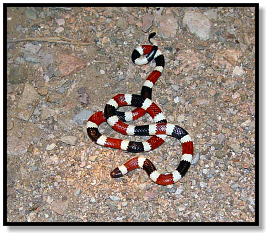
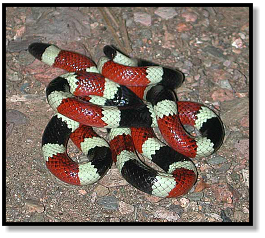



Western Coral Snake
Micruroides euryxanthus







